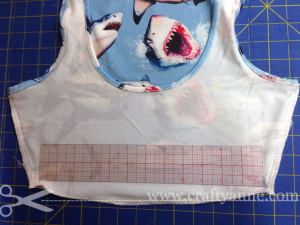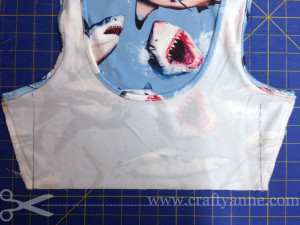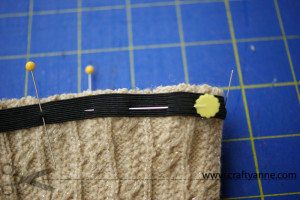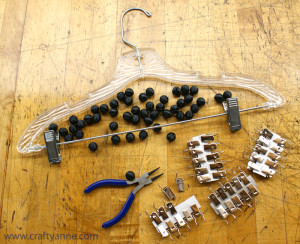Free diy washi tape style sticker printable, compatible with your Erin Condren planner.
I have some pretty bad executive function issues and would lose my head if it wasn’t attached. After being bombarded with Pinterest ads I decided it would be a good idea to get an Erin Condren planner to help me be less scattered. The idea was cemented when I saw my friends planner and saw how awesome it was.
Suddenly I was plunged into the world of planners and planner accessories. I had no idea what washi tape was until two months ago (I was so naive).
I use a lot of shipping labels and realized that they would be awesome to print out designs on and cut up to make my own diy washi tape. The pre-cut line down the center of the label sheet makes it easy to peel off the sticker.
The PSD (photoshop) template is sized so the stickers fill the width of the Erin Condren horizontal layout. I added cutting guides for .75 inch (19 mm) wide strips which cover 3 lines.
Download PSD Here (Google Doc)
Download Galaxy Pattern Here (Google Doc), Galaxy Photo via NASA
You could use an entire sheet label but it’s a pain to separate the backing without the pre-scored center line. It involves a lot of thankless picking with your fingernails. The matte paper finish is easy to write on. And cheap! I originally got them for shipping labels but I think it was about 25.00 for 500 sheets (5 cents per sheet).
This is a good option if 1. you don’t have a silhouette cameo (yet), 2. you have a paper cutter and 3. you have too much time on your hands like me and like to DIY things in the most long convoluted way possible.
I thought about ink cost and whether it would be cheaper to just purchase washi tape and found a website that calculated costs per page of printing for my printer model: http://www.redrivercatalog.com/cost-of-inkjet-printing-canon-pro9000-pro9500.html now these figures are using the expensive ink. With the cheapy ink the price is a fraction of that (about 30% of the cost with cheap ink for my printer).
Cost to print per page with expensive ink: 76 cents with OEM ink + cost of page: 5 cents = 81 cents
Expensive printer cartridges from the original manufacturer can be pricey, and for good reason. Some have promises of lasting over a hundred years in the right conditions. However, for my planning purposes I don’t require that longevity. I wince even thinking about someone a hundred years in the future looking at my ambitious exercise plans for this month.

















































